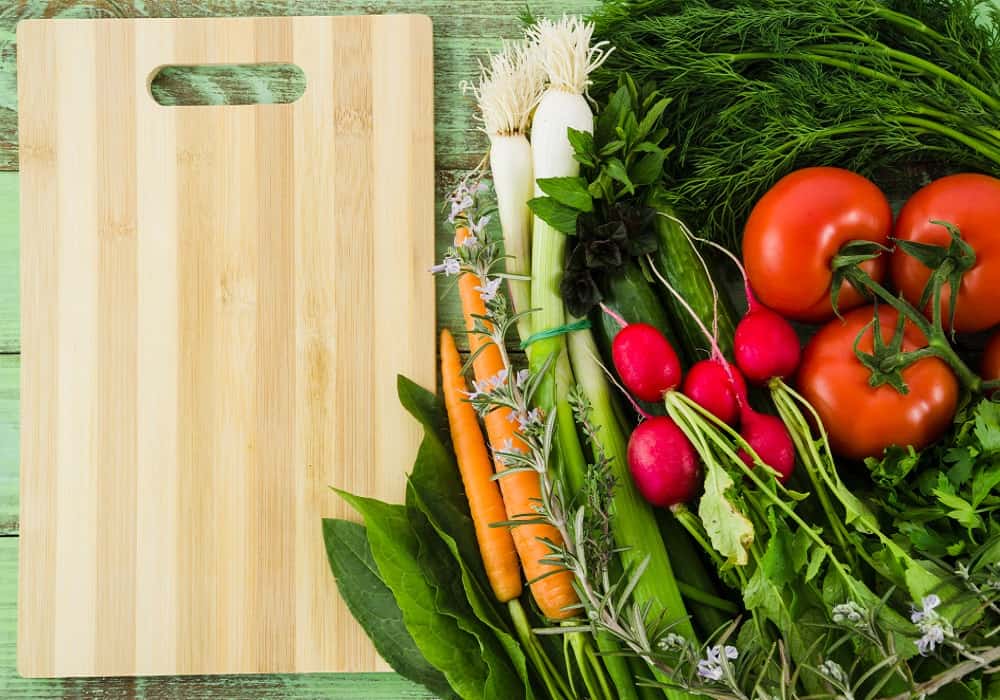Establishing a kitchen garden is a fulfilling approach to securing a consistent supply of fresh, organic produce at home. In India, with its vast array of climates and soil types, cultivating vegetables in your kitchen garden can be both satisfying and environmentally friendly. Whether you are a novice or a seasoned gardener, this guide will assist you in navigating the fundamentals of cultivating kitchen garden vegetables in India.
Why Establish a Kitchen Garden?
A kitchen garden provides a multitude of advantages:
- Fresh and Nutritious Produce: Savor pesticide-free vegetables harvested directly from your garden, terrace, or balcony.
- Cost-Effective: Growing your vegetables can significantly lower your grocery expenses.
- Sustainability: Kitchen gardening helps reduce your carbon footprint by removing the need for commercially sourced vegetables transported from distant farms.
- Therapeutic Benefits: Engaging in gardening is a therapeutic activity that enhances mental well-being.
Optimal Kitchen Garden Vegetables in India
The climate in India supports various vegetables. Here are some of the simplest and most rewarding choices:
Tomatoes
Tomatoes are fundamental in Indian cuisine. They thrive in containers and require a minimum of 6-8 hours of sunlight daily. For optimal results, consider planting varieties such as cherry or Roma tomatoes.
Coriander (Cilantro)
Coriander is an essential garnish. It is an easy-to-care-for herb that flourishes in Indian climates. It grows swiftly and can be harvested in as little as three weeks.
Spinach
Spinach is a nutrient-rich leafy green that can be grown year-round. It should be planted in well-drained soil and regularly watered.
Okra (Ladyfinger)
An esteemed vegetable in Indian households, okra is simple to cultivate in warm climates and requires full sun and moderately moist soil.
Chillies
Be it mild or spicy varieties, chillies are indispensable in any Indian kitchen garden. They flourish in containers and require minimal maintenance.
Beans
French beans or cluster beans are quick-growing varieties that yield plentiful harvests. They prefer well-drained soil with ample sunlight.
Carrots
Best suited for winter cultivation, carrots thrive in loose, sandy soil. If planting in pots, opt for short-rooted varieties.
Brinjal (Eggplant)
Brinjal is versatile and adapts well to Indian climates. Selecting smaller varieties can yield quicker results.
How to Initiate a Kitchen Garden in India
Launching your kitchen garden is more straightforward than you might believe. Follow these steps for a successful gardening journey:
Select an Appropriate Location
Identify a site that receives sufficient sunlight, ideally 4-6 hours a day. Balconies, terraces, or small land areas are suitable.
Prepare the Soil
Utilize nutrient-rich, well-drained soil. Enhance it with organic compost or vermicompost for improved fertility.
Choose Suitable Containers
Utilize pots, grow bags, or recycled containers featuring proper drainage holes. Ensure the container size is appropriate for the vegetables being cultivated.
Sow the Seeds or Seedlings
Plant seeds at the recommended depth for each vegetable. Water gently and cover them with a thin layer of soil.
Watering and Fertilization
Maintain consistent moisture while preventing overwatering. Feed your plants organic manure or homemade compost every 15-20 days.
Pest and Disease Management
Monitor for pests and use natural remedies such as neem oil sprays to combat common garden pests.
Tips for a Successful Kitchen Garden in India
Seasonal Planning
Summer Crops: Enjoy fresh tomatoes, chillies, okra, and cucumbers during the hot months.
Winter Crops: Harvest spinach, carrots, peas, and radishes in cooler weather.
Companion Planting
Plant-compatible pairs, such as tomatoes with basil or spinach with beans, to boost growth and repel pests.
Organic Fertilizers
Use organic options like cow dung manure, compost from kitchen scraps, or bone meal to nourish your soil.
Crop Rotation
Refrain from planting the same crops in the same spot year after year to keep the soil healthy.
Regular Pruning
Trim away yellow leaves and excess growth to maintain plant health and yield.
Common Issues and Solutions
Pest Problems
Solution: Regularly check plants and apply neem oil or chilli-garlic sprays as natural repellents.
Watering Issues
Solution: Water when the topsoil is dry and ensure good drainage for your containers.
Slow Growth
Solution: Assess sunlight, and soil nutrients, and adjust fertilizer application as needed.
Harvesting Your Garden Produce
One of the joys of kitchen gardening is harvesting. Pick leafy vegetables like coriander and spinach a leaf at a time, while waiting until tomatoes and chillies are fully ripe. Regular harvesting encourages more growth.
Final Thoughts
Starting a kitchen garden in India is rewarding and promotes sustainable living. By growing your own vegetables, you enhance your diet and minimize environmental effects. Begin small, try various vegetables, and relish the process of gardening.
















